Stem cell repair of optic nerve injury, blind individuals regain sight
Optic nerve injury
The human optic nerve is formed by the convergence of axons from a large number of retinal ganglion cells. As a part of the central nervous system, it plays an important role in transmitting visual information from the retina to the brain.
Optic nerve injury is a common cause of visual function damage in many eye diseases, including glaucoma, high intraocular pressure, traumatic lesions, tumor lesions, metabolic disorders, complications of head and neck radiation therapy, and neurodegenerative diseases. The pathological changes of optic nerve injury are irreversible loss of retinal ganglion cells (RGCs), which can cause severe optic nerve atrophy and loss of visual function in patients.
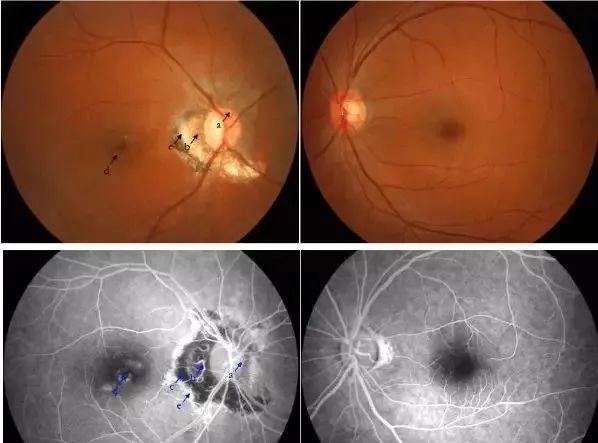
Optic nerve injury is usually divided into direct injury and indirect injury. Direct injury is usually caused by eye or head trauma, while optic nerve damage caused by head trauma is called traumatic optic neuropathy. The condition is more severe and may lead to severe visual impairment or even complete blindness. Indirect injury is caused indirectly by other diseases or conditions, such as craniotomy, intracranial hypertension, brain abscess, etc. This type of injury may lead to a gradual decline in vision or a loss of vision.
In order to treat optic nerve injury, currently the main clinical methods used are optic nerve canal decompression and the administration of neurotrophic substances. However, like the central nervous system, the regeneration ability of the optic nerve is extremely weak, and the treatment effect is limited.
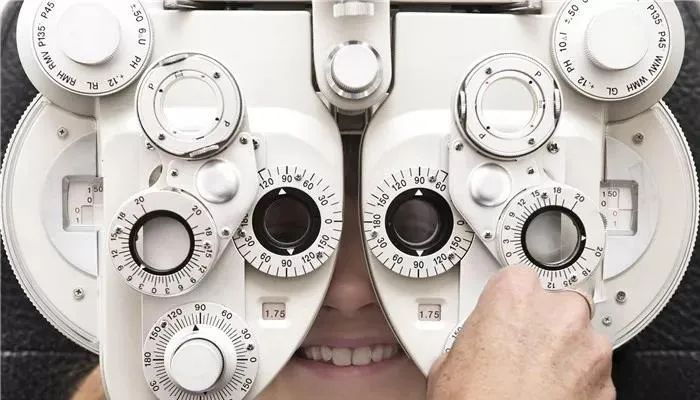
According to the first World Vision Report released by the World Health Organization in 2019, there are currently over 2.2 billion people worldwide suffering from visual impairment or blindness, of which over 1 billion are due to untreated conditions such as myopia, hyperopia, glaucoma, and cataracts.
With the increasing number of people worldwide suffering from visual impairment or blindness, and the limited therapeutic effects of many ophthalmic diseases, stem cells have opened up new avenues for the treatment of optic nerve injury due to their self-renewal, strong proliferation ability, and multi-directional differentiation potential.
Stem cells used for the treatment of optic nerve injury
In recent years, with the development of biomedicine, research on stem cells in the repair of optic nerve injury has been continuously deepening, bringing new hope.
The stem cells used for the treatment of optic nerve injury are mainly divided into two categories:
mesenchymal stem cell
Mesenchymal stem cells (MSCs) are currently the most mature and widely used type of stem cells. They have the advantages of wide availability, weak immune rejection, fast isolation and proliferation, and easy expression of exogenous genes.
After entering the central nervous system, MSCs migrate to the entire brain and differentiate into various types of nerve cells. There are three main mechanisms of action: MSCs infiltrating and fusing into diseased tissues, replacing damaged cells, and reconstructing neural circuits; MSCs express neuronal phenotypes induced by a new environment; And the interaction between MSCs and host neural tissue promotes the generation of neurotrophic factors.
At present, MSCs have been applied clinically to treat optic nerve injury, and compared before and after treatment, the patient's vision and flash visual evoked potential have improved, which proves that using MSCs to treat optic nerve injury is effective.
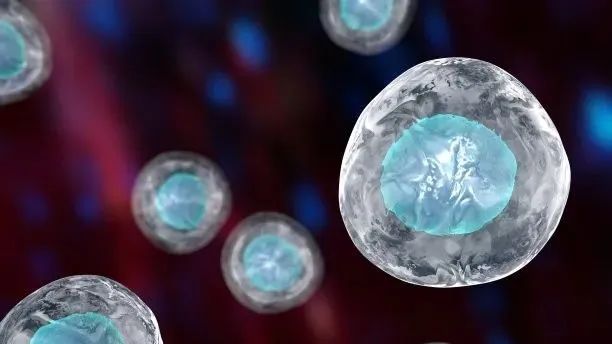
stem cells
Stem cells have the ability to differentiate into neurons, astrocytes, and oligodendrocytes, fuse well with host neural tissue, and can survive for a long time. After stem cell therapy, it can migrate and integrate into the retina, differentiate into various types of cells, establish extensive cell connections, and even grow nerve fibers that extend into the starting end of the optic nerve. At the same time, by regulating the local microenvironment, secreting neurotrophic factors and signaling molecules, initiating the host's endogenous repair mechanism, providing survival support for endogenous NSCs and activating their differentiation into neural cells.
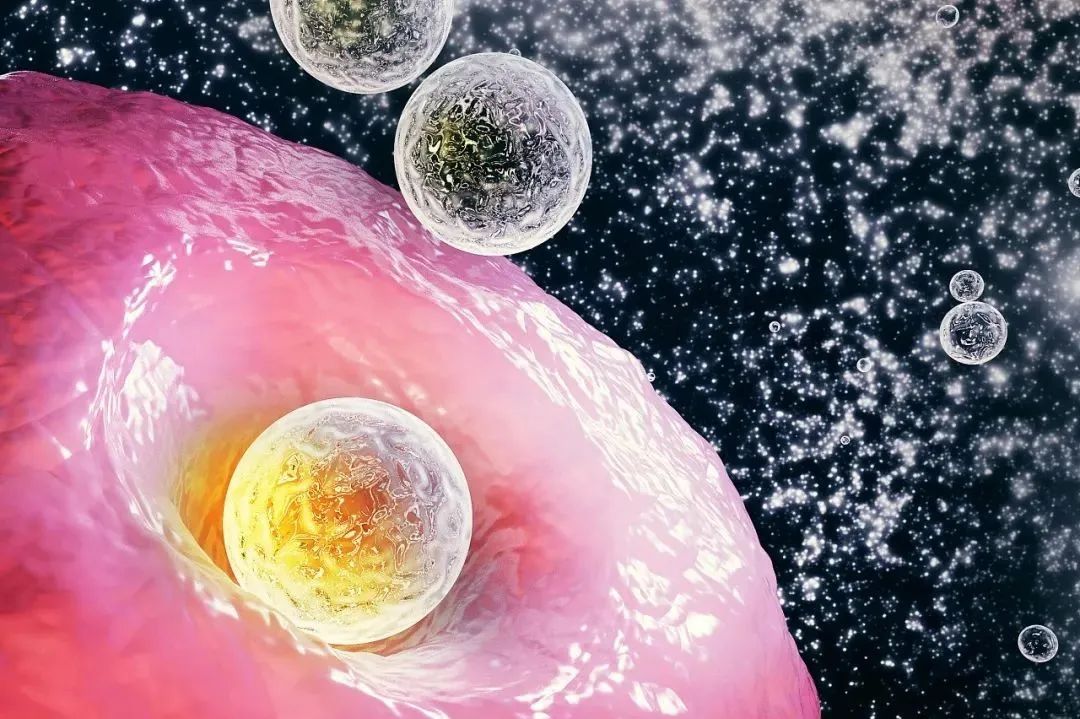
Koike and other scholars transplanted human umbilical cord blood stem cells (hUCBSCs) into the subretinal space of mice in their research. After 2 weeks of observation, they found that some hUCBSCs have differentiated into retinal nerve cells. This discovery reveals that cell replacement may be an important mechanism by which MSCs are used to treat optic nerve injury. To verify this mechanism, they replaced the transplant site and conducted similar experiments, confirming that intravitreal transplantation of MSCs can effectively slow down the secondary damage of RGCs after optic nerve injury and inhibit their apoptosis.
On December 3, 2020, Dr. L ü Yuancheng from the David Sinclair team at Harvard Medical School, along with teams such as He Zhigang and Bruce Ksander, published a cover article titled "Reprogramming to recover young epigenetic information and restore vision" in the journal Nature. This study utilizes gene therapy to induce ganglion cell reprogramming, restoring young epigenetic information, allowing the optic nerve to regenerate after injury and reversing visual impairment caused by glaucoma and aging. This groundbreaking research achievement provides new ideas and methods for the treatment of optic nerve injury.
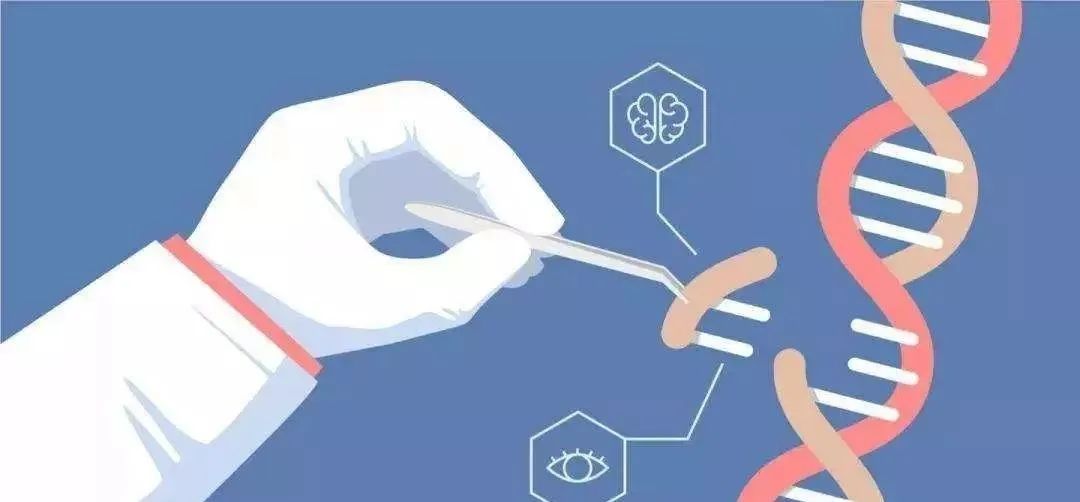
Dr. Tao Yong, an ophthalmologist, said that myopia will definitely be cured by stem cell technology in the future, and he hopes that everyone will maintain hope and welcome the arrival of new technologies. This topic has also made headlines.
Technological progress has provided us with higher quality protection for our health, and new strategies have gradually been found for previously incurable optic nerve injuries, with stem cells being one of them.
 中文
中文
 English
English




